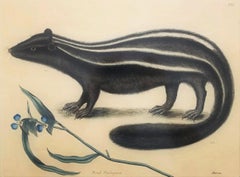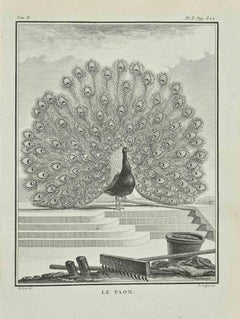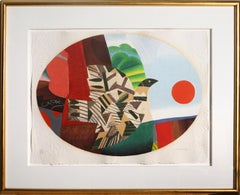Etching Animal Prints
1960s Realist Etching Animal Prints
Etching
1970s Surrealist Etching Animal Prints
Engraving, Etching, Intaglio
1770s Old Masters Etching Animal Prints
Watercolor, Handmade Paper, Etching, Intaglio
1940s Modern Etching Animal Prints
Etching
1770s Modern Etching Animal Prints
Etching
1980s Modern Etching Animal Prints
Mixed Media, Etching
Late 20th Century American Modern Etching Animal Prints
Handmade Paper, Etching, Aquatint
2010s Contemporary Etching Animal Prints
Etching
1970s Surrealist Etching Animal Prints
Drypoint, Aquatint
1970s Surrealist Etching Animal Prints
Etching
Late 20th Century American Modern Etching Animal Prints
Handmade Paper, Etching, Aquatint
Late 20th Century American Modern Etching Animal Prints
Handmade Paper, Etching, Aquatint
Late 20th Century American Modern Etching Animal Prints
Handmade Paper, Etching, Aquatint
1870s Modern Etching Animal Prints
Drypoint, Etching
1830s Victorian Etching Animal Prints
Watercolor, Engraving, Aquatint, Intaglio
1960s Modern Etching Animal Prints
Aquatint, Etching
1940s Cubist Etching Animal Prints
Etching
Early 20th Century Etching Animal Prints
Etching
2010s Contemporary Etching Animal Prints
Etching, Aquatint
1770s Modern Etching Animal Prints
Etching
1830s Victorian Etching Animal Prints
Watercolor, Engraving, Aquatint, Intaglio
1950s Modern Etching Animal Prints
Etching
1940s Cubist Etching Animal Prints
Paper, Etching, Drypoint, Aquatint
Late 19th Century Naturalistic Etching Animal Prints
Etching
1990s Contemporary Etching Animal Prints
Black and White, Etching
1990s Contemporary Etching Animal Prints
Black and White, Etching
2010s Etching Animal Prints
Etching
1770s Modern Etching Animal Prints
Etching
Early 19th Century Naturalistic Etching Animal Prints
Aquatint
1990s Contemporary Etching Animal Prints
Etching
20th Century Surrealist Etching Animal Prints
Etching
21st Century and Contemporary Other Art Style Etching Animal Prints
Paper, Etching
1960s Contemporary Etching Animal Prints
Etching
Late 20th Century Contemporary Etching Animal Prints
Etching
1770s Modern Etching Animal Prints
Etching
21st Century and Contemporary Other Art Style Etching Animal Prints
Paper, Etching, Pastel, Acrylic, Watercolor
1770s Modern Etching Animal Prints
Etching
1770s Modern Etching Animal Prints
Etching
1770s Modern Etching Animal Prints
Etching
1930s Etching Animal Prints
Etching
Early 2000s Contemporary Etching Animal Prints
Etching
1970s Contemporary Etching Animal Prints
Etching
1970s Surrealist Etching Animal Prints
Etching
1840s Modern Etching Animal Prints
Etching
Mid-20th Century Impressionist Etching Animal Prints
Aquatint
1970s Contemporary Etching Animal Prints
Etching
Late 19th Century Impressionist Etching Animal Prints
Etching
1920s Post-Impressionist Etching Animal Prints
Etching
1970s Contemporary Etching Animal Prints
Etching
1970s Etching Animal Prints
Etching, Aquatint
1930s English School Etching Animal Prints
Aquatint
21st Century and Contemporary Modern Etching Animal Prints
Etching
1970s Surrealist Etching Animal Prints
Etching
Early 20th Century Modern Etching Animal Prints
Etching
Late 20th Century Contemporary Etching Animal Prints
Paper, Ink, Drypoint, Aquatint
1970s Contemporary Etching Animal Prints
Etching
2010s Etching Animal Prints
Etching, Aquatint
Early 2000s Etching Animal Prints
Etching
2010s Etching Animal Prints
Etching
1920s Modern Etching Animal Prints
Drypoint, Etching




